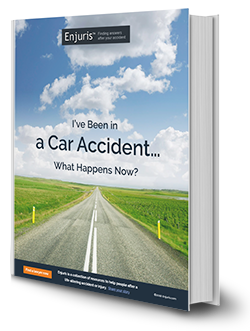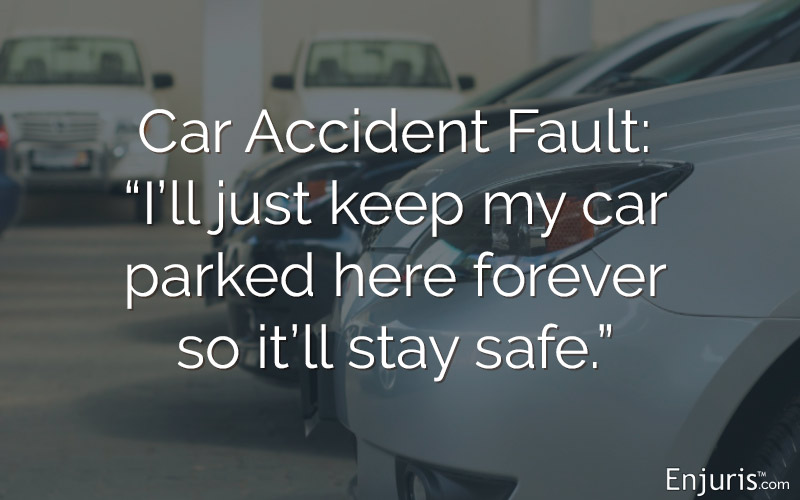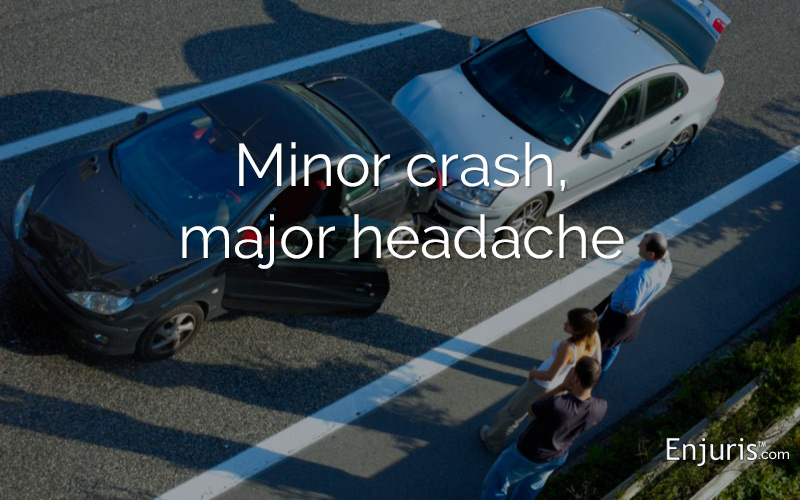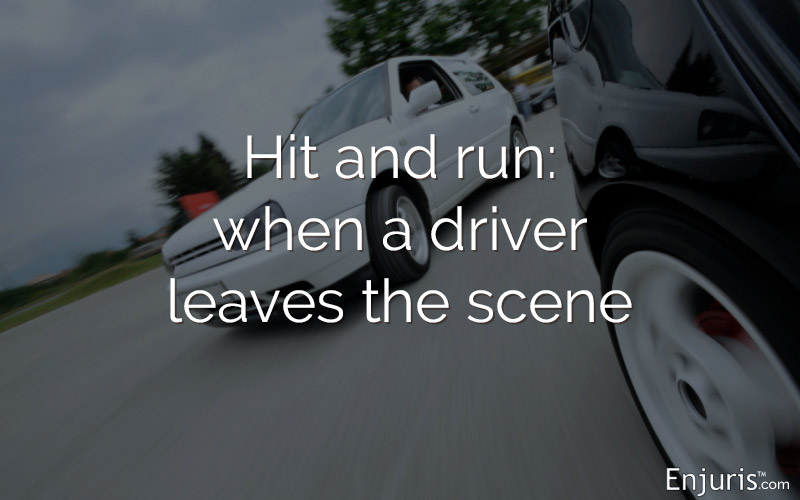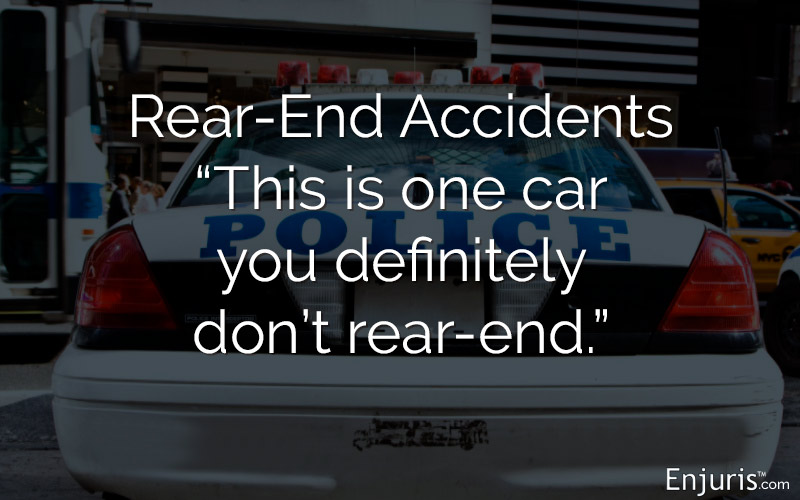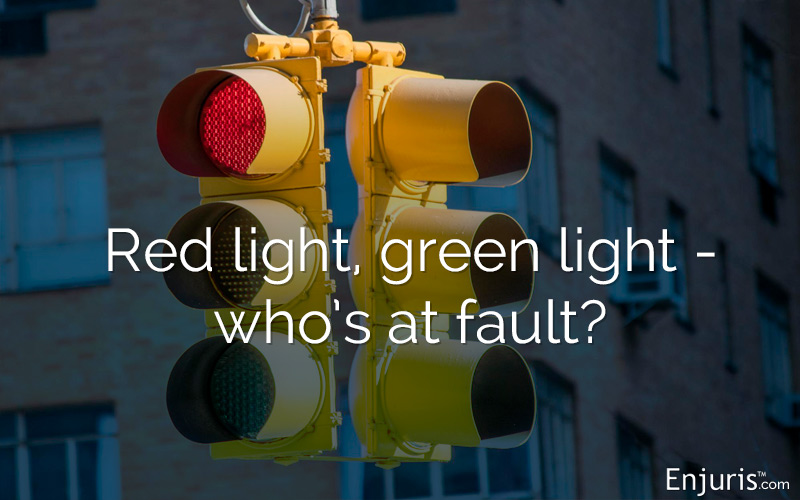How fault is determined in a no-fault state, the deadline for filing a car accident lawsuit in Minnesota’s courts, insurance requirements, and more
Minnesotans are known for being kind (“Minnesota nice”), for being unable to quickly exit a family gathering (the “long Minnesota goodbye”), and for being able to thrive in cold weather (the average low temperature in January is a mere 4.3 degrees).
But how do Minnesota's perform on the roads?
Minnesota car crash statistics
When it comes to car accidents, Minnesota is one of the safest states in the country.
Out of 100,000 Minnesotans, 6.5 will lose their lives as a result of a car crash. This number may sound high, but for comparison it’s roughly half that of neighboring North Dakota (13.1) and 4 times less than Wyoming (25.4).
| Minnesota car crash statistics (2019) | ||||
|---|---|---|---|---|
| Registered vehicles | Miles traveled | Car accidents | Car accident fatalities | Car accident injuries |
| 5.1 million | 60.7 billion | 80,636 | 364 | 27,260 |
Young people are over-represented in traffic crashes in Minnesota. In 2019, drivers aged 25-29 represented just 9% of licensed drivers but were responsible for 20% of all crashes. On the other end of the spectrum, drivers over 65 made up 20% of all drivers but accounted for only 17% of accidents.
Tweet this
Fortunately for Minnesotans, car crash fatalities have trended downward over the last decade.
The vast majority of Minnesota car accidents, according to the Minnesota Department of Public Safety (MDPS), involved collisions with non-fixed objects (for example, another car, pedestrian, or animal):
Drunk driving is particularly problematic in the North Star State, and was the leading cause of fatal car crashes in 2019:
- Drunk driving: 89 deaths
- Speed: 75 deaths
- Unbuckled motorists: 73 deaths
- Distractions: 34 deaths
Minnesota auto insurance basics
There are 2 types of insurance systems in the United States:
- Fault-based insurance systems. In a conventional fault-based insurance system, injured parties pursue compensation for their injuries from the party responsible (at fault) for the accident.
- No-fault insurance systems. In a conventional no-fault insurance system, injured parties first seek compensation for their injuries from their own insurance company regardless of who’s responsible for the accident.
Minnesota is 1 of a small handful of states to adopt a no-fault insurance system.
Because Minnesota has a no-fault insurance system, drivers are required to carry personal injury protection (PIP) coverage, along with liability insurance, underinsured motorist coverage, and uninsured motorist coverage.
Let’s take a closer look at the 4 types of auto insurance Minnesotans are required to carry, along with the minimum amount of coverage:
- Personal Injury Protection (PIP) provides basic economic loss benefits (such as medical expenses) if you’re injured in an accident. These costs are paid no matter who is at fault. Mandatory PIP coverage is what distinguishes Minnesota from states with fault-based insurance systems.
- Liability insurance covers claims to your policy from another driver. It’s also the portion of your policy that covers damage to another’s vehicle when the accident is your fault.
- Underinsured motorist (UIM) coverage pays medical expenses for those covered by your policy (up to the policy limits). These benefits are in addition to your PIP benefits and are used when the other driver is held responsible for the accident and does not have enough liability coverage to cover your medical claims.
- Uninsured motorist (UM) coverage pays for your medical expenses after you have exhausted your PIP benefits and when the other driver is held responsible for the accident but is not covered by insurance.
| Minnesota minimum auto insurance requirements | |||
|---|---|---|---|
| Personal injury protection (PIP) | Liability insurance | Underinsured motorist (UIM) coverage | Uninsured motorist (UM) coverage |
| $40,000 per person per accident ($20,000 for medical expenses and $20,000 for non-medical expenses) | $30,000 for injuries to 1 person$60,000 for injuries to 2 or more people
$10,000 for physical damage to the other driver’s vehicle or for damage to property |
$25,000 for injuries to 1 person$50,000 for injuries to 2 or more people | $25,000 for injuries to 1 person$50,000 for injuries to 2 or more people |
Post-accident requirements in Minnesota
Minnesota’s hit-and-run statute requires drivers to take certain steps after an accident to avoid a hit-and-run charge.
If you’re involved in an accident with another vehicle, the law requires you to:
- Stop your vehicle at the scene of the accident (or as close to the scene as possible),
- Provide your name, address or e-mail address, and registration plate number to any person involved in the crash,
- Render reasonable assistance to anyone injured, and
- Report the accident to the local police (if someone suffered an injury or died).
If you’re involved in an accident with an unoccupied vehicle, the law requires you to:
- Stop your vehicle at the scene of the accident, and
- Locate the owner of the vehicle or leave a written note providing your name and contact information.
If you’re involved in a collision that damages a fixture (such as a fence or building), the law requires you to:
- Stop your vehicle at the scene of the accident, and
- Locate the owner of the property or report the accident to local law enforcement within 10 days.
Other laws impacting Minnesota drivers
Most of the laws that govern driving in Minnesota can be found in Chapters 160-174A of the Minnesota Statutes. These laws address everything from vehicle registration to driving while impaired.
Although you’ll find a lot of specific laws within chapters 160-174A, there are 3 laws that will almost certainly come into play following a car accident:
- Duty of care. Minnesota requires all motor vehicle drivers to exercise reasonable care to avoid harming others on the road. To put it another way, the law requires that you operate your vehicle as a reasonable person would.
- No-fault state. Minnesota is a "no-fault" state. This means that you will file an insurance claim for any physical injuries you sustain in a crash with your insurance company (regardless of who’s at fault for the accident). Only if your damages exceed the limits of your policy will you file a claim with the other driver’s insurance company (assuming the other driver was at fault).
- Contributory negligence. Under Minnesota’s contributory negligence law, an injured plaintiff may recover compensation proportionate with their degree of fault, so long as they were not more than 50% responsible for the accident. For example, if a plaintiff suffered $100,000 in damages but was 30% responsible for the accident, they could only recover $70,000.
Proving fault after a Minnesota car accident
Minnesota is a no-fault insurance state, which means you’ll file a claim with your own insurance company to recover damages for any physical injuries sustained in a crash regardless of who’s at fault for the crash.
But what if your damages exceed the limits of your policy?
If your damages exceed your policy limits, you can file an insurance claim or a personal injury lawsuit against the other driver. But to receive compensation, you’ll need to prove that the other driver was at fault for the accident.
In most accidents, proving fault means establishing that some other driver was negligent. To prove that a motor vehicle driver was negligent in Minnesota, you must show that:
- The driver owed you a duty. All drivers have a duty to exercise reasonable care to avoid harming others on the road.
- The driver breached their duty. To prove that a driver breached their duty, you will have to show that the driver failed to exercise a reasonable degree of care (for example, the driver ran a red light or was texting while driving).
- You were injured as a result of the driver's breach. It's not enough that the driver failed to exercise reasonable care, you must prove that their failure caused your accident.
Most car accidents are caused by other drivers, but some other potentially at-fault parties include:
- Property owners. Premises liability laws in Minnesota require property owners to maintain their property to be free from dangerous conditions. This includes public and private roads. If you're injured as a result of a dangerous condition (such as a large pothole or an obscured stop sign), the owner of the property can be held liable.
- Manufacturers. If your car accident was caused by a defective component (such as a faulty brake system), the manufacturer can be held liable.
- Pedestrians and bicyclists. Just like motor vehicle drivers, pedestrians and bicyclists have a duty to exercise reasonable care when navigating the roads. If they fail to exercise such care, they may be held liable for any damages that result.
Damages available in a Minnesota car accident
If you’re injured in an accident in Minnesota, you don’t have to worry about any damage “caps,” or limits on how much you can recover. If you file a personal injury lawsuit against the at-fault party, you can typically recover:
- Economic damages represent the monetary losses caused by your accident (e.g., medical expenses, lost wages, property damage).
- Non-economic damages represent the non-monetary losses caused by your accident (e.g., pain and suffering, loss of consortium).
- Punitive damages are intended to punish the defendant and are only available if the plaintiff can prove that the defendant showed a “deliberate disregard for the rights or safety of others” or that the defendant “deliberately acted with indifference to the high probability of injury.” For example, punitive damages are often available when a car accident is caused by a drunk driver.
How long do I have to file a car accident lawsuit in Minnesota?
All states limit the amount of time a plaintiff has to file a personal injury lawsuit. This time limit is called the statute of limitations. In Minnesota, the statute of limitations for most car accident cases is 2 years from the date of the accident.
To put it another way, if you fail to file your lawsuit within 2 years of the date of the crash, your lawsuit will be forever barred.
When to talk to a Minnesota car accident lawyer
You may not need to talk to a personal injury attorney. For example, if you suffered a very minor injury, filed an insurance claim, and the claim was accepted and fully covered under your PIP policy, then there’s probably no reason to talk to an attorney.
However, you should consider sitting down with a car accident attorney if any of the following statements are true:
- You suffered serious physical injuries or property loss
- The insurance company denied your claim or offered less than you deserve
- The car accident was a multi-vehicle accident
To find a Minnesota car accident attorney, visit our free online legal directory.
- Minnesota Car Accident Laws and Personal Injury Claims
- Guide to Minnesota’s Distracted Driving Laws & Car Accident Liability
- Minnesota Bike Accident Laws and Legal Claims
- Minnesota Boat Accidents: Laws, Injuries and Recovering Damages
- Minnesota Bus Accident Injury Claims
- Minnesota Car Insurance Laws, Explained
- Minnesota Hit-and-Run Accidents and Laws
- Minnesota Pedestrian Accidents & Injury Compensation
- Minnesota Plane Crashes & Aviation Laws
- Minnesota Train Accidents & Railroad Injury Claims
- Minnesota's Drunk Driving Laws, Penalties and Injury Lawsuits
Did you know that car accident law varies by state?
Hurt in a car crash? You may find these resources helpful
Need a lawyer?
What does an injury lawyer do?
A personal injury lawyer helps individuals who have sustained injuries in accidents to recover financial compensation. These funds are often needed to pay for medical treatment, make up for lost wages and provide compensation for injuries suffered. Sometimes a case that seems simple at first may become more complicated. In these cases, consider hiring an experienced personal injury lawyer. Read more
Common car accidents
